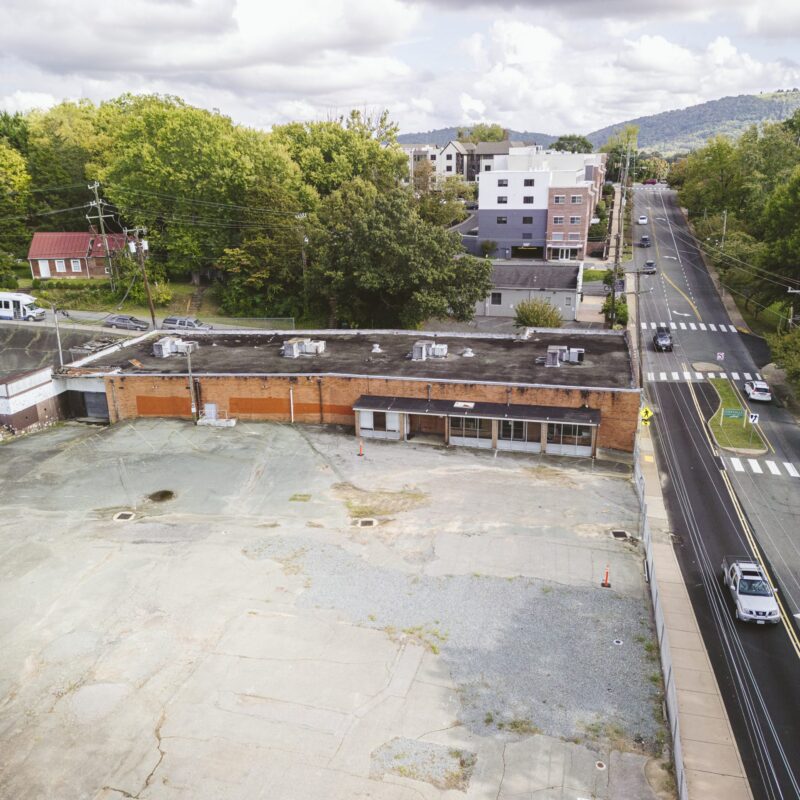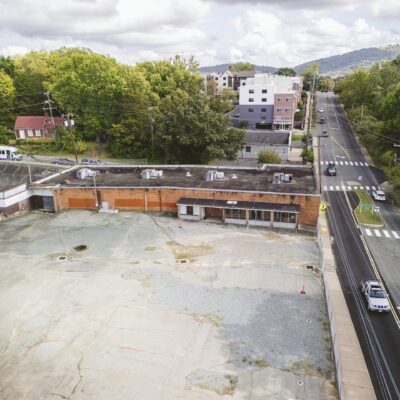Guest post by Charlotte Muzzi.
The break-up of the Beatles, the Kent State shootings, the start of the Iran hostage crisis—the ’70s was a tumultuous and politically charged decade. The UVA Art Museum’s new exhibit "Excavating New Ground: American Art in the 1970s" opened February 14, and features works by artists immersed in this turmoil. Curator Andrea Douglas discusses the changes in the art world in the 1970s, and her decision to leave the museum for the Jefferson School of African American Heritage.
C-VILLE: The show you curated at the UVA Art Museum, "Excavating New Ground: American Art in the 1970s," consists entirely of art from that decade. Why did you choose to focus on the ‘70s?
Douglas: The museum owns a work by African-American artist Vincent Smith from 1972, which I am intrigued by—so much so I am working on an exhibition about his work from the ’70s. Smith’s exuberant handling of paint is in my mind indicative of the time. Although the painting is not in this show, it caused me to want to explore this decade—to think about painting and to think about the kind of openness and experimentation that is the precursor to much of what we see today.
Vincent Smith, "Negotiating Committee for Amnesty," 1972

You write that two things happened in the 1970s: Modernism ended, and because of the black-nationalist, women’s and student movements, people started paying attention to society’s margins. Does the show reflect those changes?
I am not sure this show in and of itself reflects those changes, which is why I have collaged in the clips from "All in the Family"—I don’t think the social moment can be divorced from these works—I think that my point is that with such social disquiet, it is inevitable that the kinds of questions that artists are addressing in their work would result in a multiplicity of approaches. At the time critics saw this “pluralism” as the end of modernism, they did not see it as pivotal. The increase in the number of art programs, the increase in the number of experimental exhibition spaces and artist run co-ops all fueled by a counter-culture were some of the catalysts to the imagery that we see in the show.
You also write that these artists turned the past for inspiration. How do artists draw on historical sources while creating art that is free of the biases of the period that inspired it?
The best example of what I am talking about is the work by Bruno Civitico…The way Civitico’s light flattens out the picture plane rather than establishing recessions into depth suggests an engagement with conceptualism. I think that there is a wonderful juxtaposition between Alfred Leslie’s "Dina Cheyette" and John De Andrea’s nudes. The former points to sculpture while investigating painting, while the latter is sculpture whose success is grounded in painting.

Alfred Leslie, "Dina Cheyette," 1974-1975
This collection features artists working in radically different mediums, and in sometimes radically different styles. Besides the decade, what to you allows these pieces to hang together as one collection?
I am not sure that suggesting a “collection” is what they do. I don’t really think that at this point we can point to anyone one movement or mode of thinking. I believe however that each work whether abstract or figurative is engaged with questioning realism and art making. Most of the questions are formal ones—what is the material of art? They question the limitations of two-dimensionality, while actively engaging the viewer and making one aware of their format.
You are leaving the UVA Art Museum to work at the Jefferson School African-American Heritage Center, which is scheduled to open next spring. Why did you choose to make his transition?
I have been involved with the Heritage Center project for almost three years. We are developing an interdisciplinary and intra-generational program that emphasizes the accomplishments of Charlottesville’s African American community particularly, and black people across the Diaspora generally. When we open our doors in fall, 2012 we do so with a permanent exhibition, "Pride Overcomes Prejudice," which honors the school’s role in the cultural fabric of this community. It is a national story that describes what happened to the people who left places like Monticello to settle in the Vinegar and Star Hill neighborhoods and establish a thriving, commercially successful community. It is a story of significant accomplishment that many in this community do not know.
"Excavating New Ground: American Art in the 1970s" opened February 11, and runs through August 14 at the UVA Art Museum.



